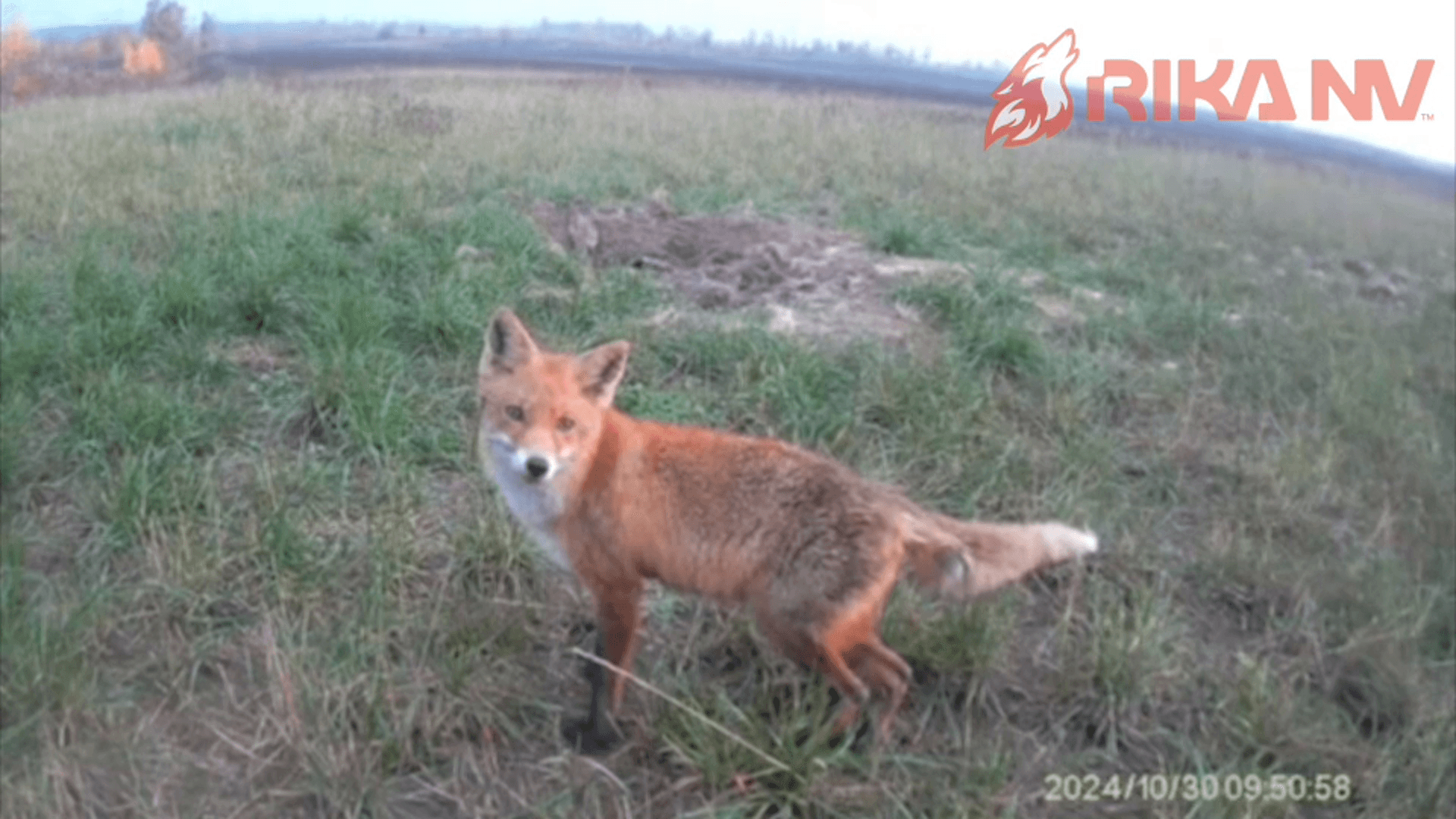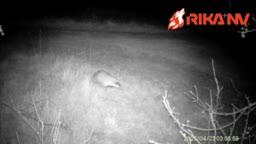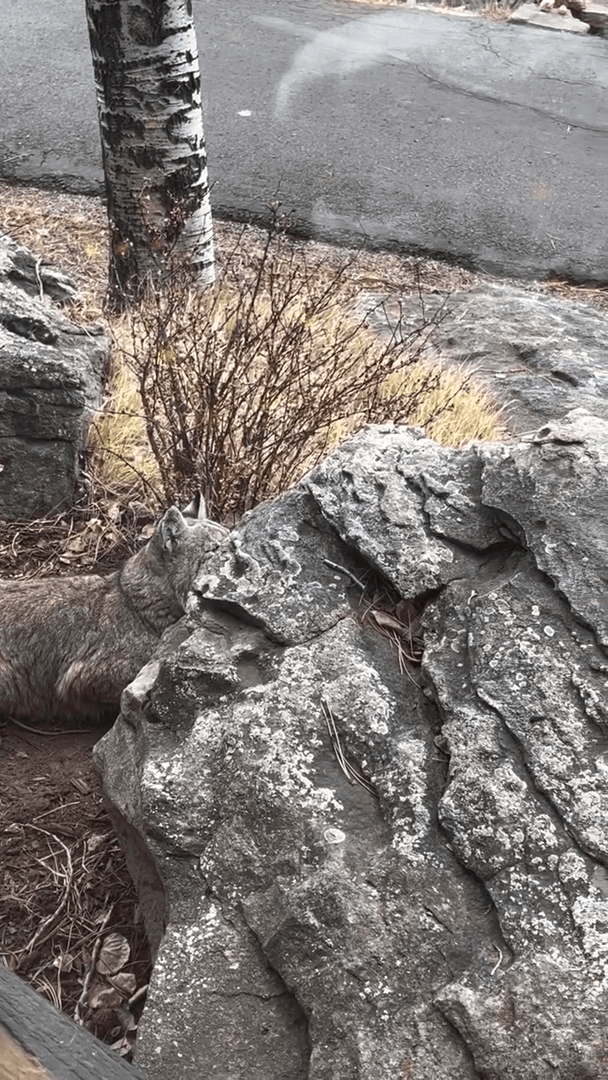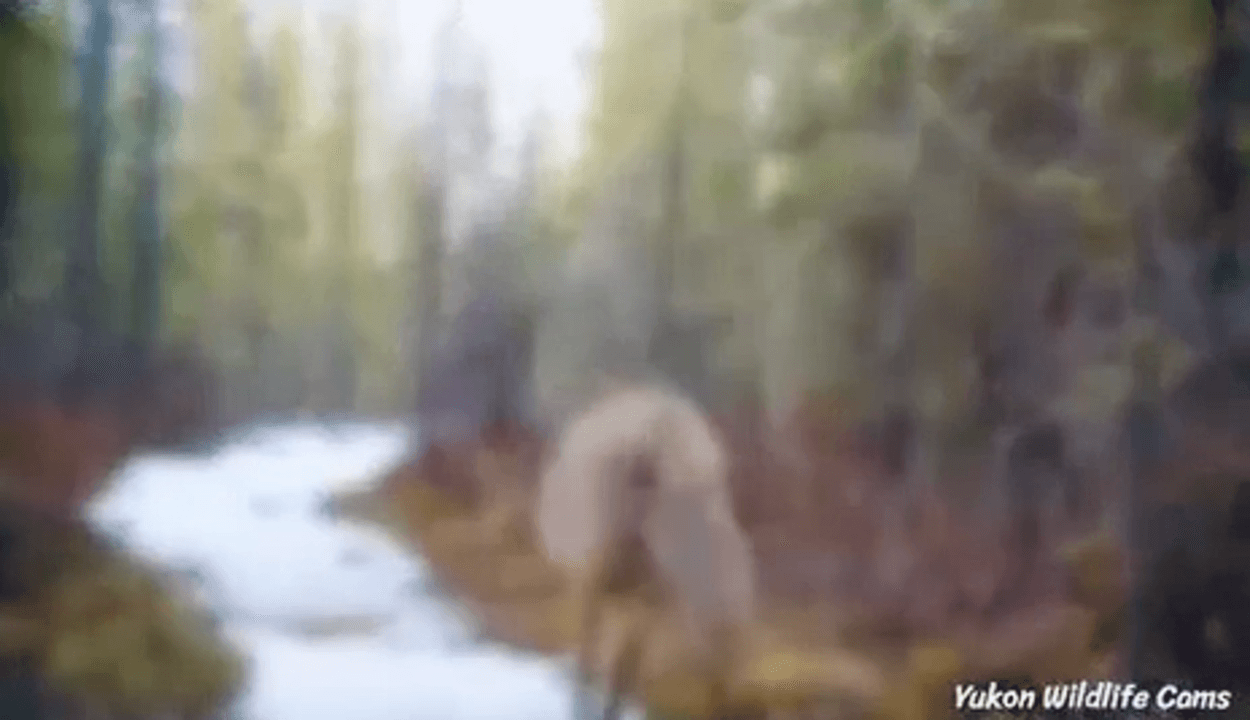Hunter Camera This is the HC 800A hunting camera. It is a 8 Mega pixel camera which can go up to 12M as this is set by default. The Camera can shoot 1080P, 720P and VGA. It offers ISO of 100,200,400 and with the IR light can film in the dark. It can shot stills, in either 1, 3, 6 or 9 burst pictures Video from 10s, 30s, 60s or 90s in length It can also to set as mix of Stills and Video per triggered event. https://www.youtube.com/watch?v=EQUIbYZJ_VE
Post: 23 May 18:28
















































